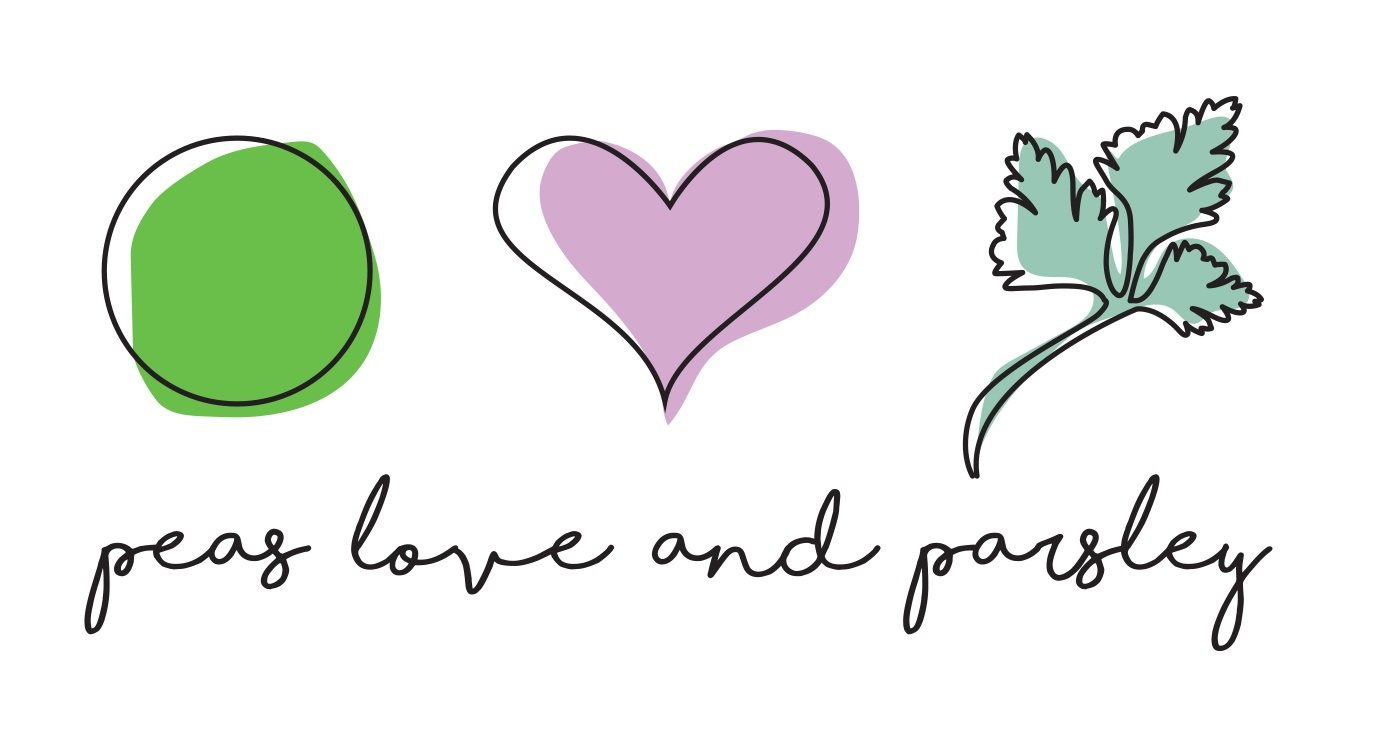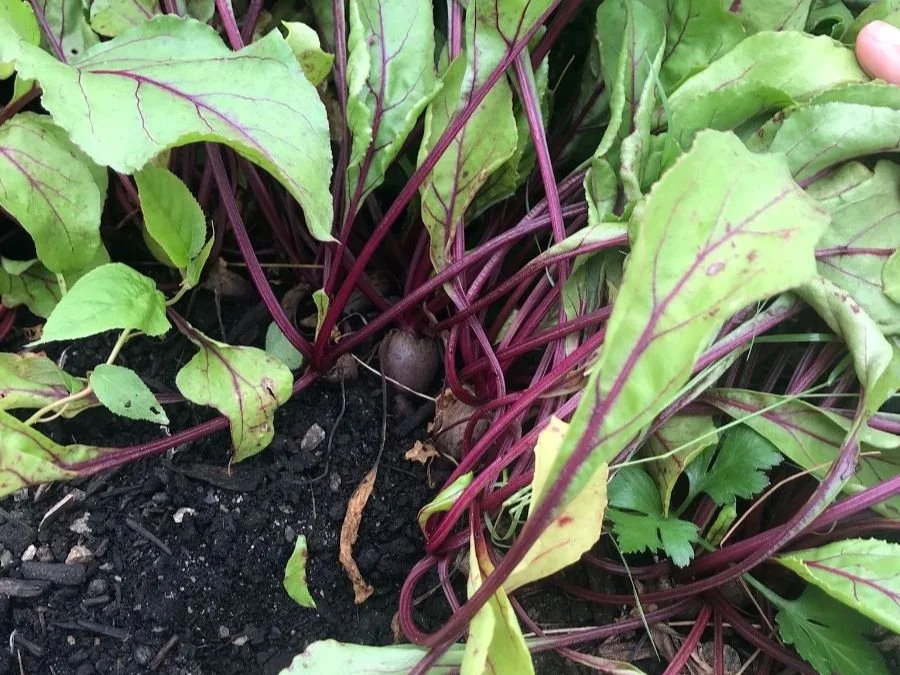I would like to try my hand at starting seeds indoors this year. Can you give me some tips to make it easy and successful?
/Starting Seeds Indoors
This year we have gotten a lot of questions about starting seeds indoors. Here are some things for you to know about timing, supplies, conditions, and the basic steps for you to try your hand at seed starting this season. We are here to help every step of the way and would love to see pictures of your homegrown seedlings!
TIMING
To determine when to start your seeds indoors, you will need to know the last frost day for your area which is determined by your growing zone (https://www.almanac.com/gardening/frostdates) . After the last frost date, it becomes safe to move your seedlings outdoors. For Massachusetts, the last frost date is usually around May 15th give or take a couple weeks. These are approximate dates so you must keep up with the weather as we move into the spring. Once you know your approximate last frost date you can count how many weeks to start your seeds indoors.
Each seed packet will specify how many weeks to start your seeds indoors before transplanting into your garden and how long they need to be hardened off before transplanting.
What does harden off mean? The transition period to get the plants used to being outdoors which is often done in a covered/protected area to ease the plants to outdoor conditions.
SUPPLIES & CONDITIONS
In addition to the supplies listed below, you want to create the best environment for growing your seedlings which means the temperature, light and watering conditions must be just right. You need to maintain a temperature of around 75 degrees F, you will need 12 - 16 hours of light (which is why growing seedlings in your window is not always successful) and of course daily watering. Always refer to each seed packet for specific instructions.
Grow Light
Seed Starter Potting Mix
Heating Mat
Containers with bottom for water & top cover used until seedlings emerge
Seeds
Labels
Small Spray bottle
*Some online retailers and garden centers sell kits that include all of the supplies needed to get started.
*Seeds can also be started in egg cartons, yogurt containers etc. If starting in a recycled plastic, make sure to poke several holes in the bottom to allow for drainage.
STEPS TO GROWING YOUR OWN SEEDLINGS
Determine what you would like to grow. If this will be your first time starting seeds indoors we suggest tomatoes, peppers and eggplants. Remember you can direct seed many plants like herbs, cucumbers, carrots, radishes, lettuce and kale so don’t make more work for yourself.
Set up your grow light to hang above the table you will be placing the containers on. Hang grow light 2-4 inches above tray. You will need to move the light up as the plants grow.
In a large container, mix your seed starting soil with approx. 1 cup of water. Soil should feel damp and hold its shape but not muddy.
Fill your containers with the seed starting mix and tamp down.
Use your index finger to make a hole in the middle of each cell.
Cover completely with more soil and scrape off extra
Place seed cells into their bottom trays
Plant seeds in each cell following packet instructions for seed depth and covering.
Use wooden craft sticks or painters tape to label your trays (it helps to include the date the seeds were planted (Shishito Pepper 3/1)
To water your seeds fill the bottom tray. Top watering can dislodge the seeds or prevent growth.
Cover the tray with a plastic cover or saran wrap to retain moisture. When the seedlings begin to sprout remove the cover.
Use a spray bottle to keep the surface of the soil moist during the growing process.
PLP growing tip: We have found that seeds and seedlings make excellent listeners! We (well Claire, mostly Claire) love to sing Dolly Parton and Tom Petty to our seeds. Vicky whispers them all her secrets in Italian.


